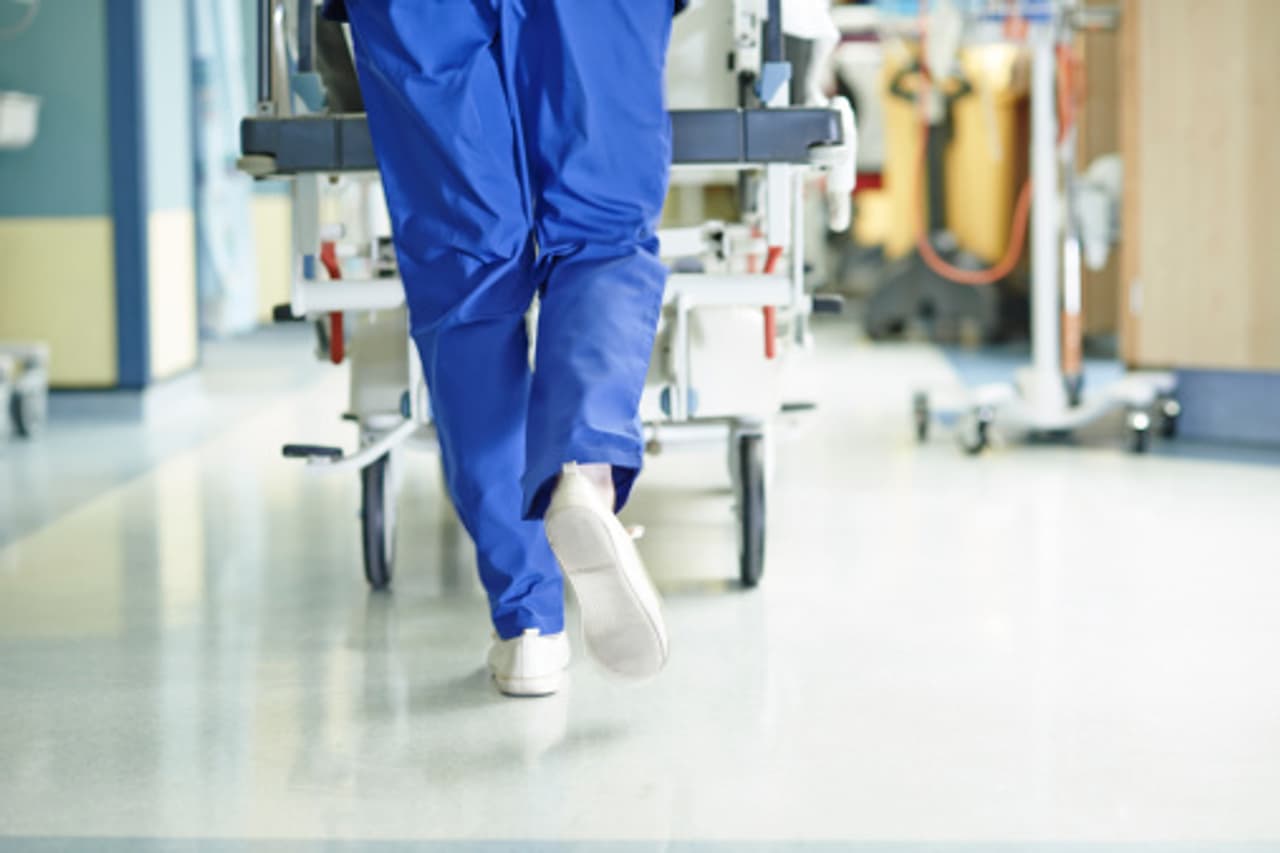
“Wake up call”: Nearly untreatable infections in England's hospitals
Highly resistant superbugs infected 36 patients in England in the last six years, new figures show. Doctors warn these cases of nearly untreatable infections are a 'wake-up call' to the threat of antimicrobial resistance.
The patients contracted pan-drug-resistant infections, those that are resistant to all commonly used available antibiotics, according to figures from Public Health England (PHE).
Professor Peter Hawkey, a public health and bacteriology expert at the University of Birmingham, said the cases showed that antimicrobial resistance is not a hypothetical or future threat but a real one currently affecting patients in British hospitals.
“These are organisms which are resistant to most antibiotics and then you’re in a tricky place”, he said. “The threat is very real. These figures are a wake-up call. The Chief Medical Officer and others are taking antibiotic resistance seriously, but we need to keep up our vigilance.”
The figures include this year’s case of a man with ‘super gonorrhoea’, a sexually transmitted infection he caught after an encounter with a woman in Southeast Asia. It was resistant to both drugs commonly used to treat the infection - azithromycin and ceftriaxone. The patient was put on an intravenous drip and given ertapenem, another antibiotic, which successfully cured the infection after three days.
A pan-drug-resistant infection is difficult to treat but not impossible, explained Dr Simon Ashworth, head of speciality and consultant intensive care medicine at Imperial College Healthcare. Doctors can give high doses of a drug, or combinations of two or three to try to treat the patient. Yet in some cases the infection cannot be cured.
“Pan-drug resistant infections are difficult to treat, and certainly contribute to causing people to die, though most often they affect people who are frail with chronic health problems”, Dr Ashworth said.
He added: “The drugs we have to use are usually the rarely used and most toxic antibiotics, which also don’t penetrate tissues very well. In my experience treating patients with significant infections due to highly resistant bacteria, to be successful, regimes are often needed combining several drugs sometimes given by multiple different routes such as inhaled and intravenous, and sometimes for long periods.”
Even if the infection can be treated the bacteria are often impossible to eradicate completely, he explained. “We can also add conventional antibiotics at much higher, and again, more toxic, doses. When patients have had prostheses implanted, such as joint replacements, these often have to be removed. The big worry is spread to other patients."
The pan-resistant infections recorded by Public Health England were from gram negative bacteria: rod-shaped bugs with thinner cell walls than their gram positive counterparts.
Gram negative bacteria, some of which live in the human gut, are fast becoming resistant to antibiotics and are known as an emerging global threat. The government has a target to halve the number of gram-negative bloodstream infections linked to healthcare by 2021.
Doctors are required to send samples of drug resistant bacteria to PHE’s lab so it can be tested for surveillance purposes. PHE recorded 36 cases of pan-resistant-infections between April 2013 and February 2018. It defines a pan-resistant-infection as a bacteria resistant to every antibiotic it tested as part of its standard antibiotic panel. In practice, this means the infection is resistant to all commonly used antibiotics.
In addition to the ‘super gonorrhoea’ case, the figures show 29 people suffered from pan-drug-resistant-infections from Pseudomonas bacteria. Pseudomonas is a bug often found in soil or water (hospital sinks are tested for it) that usually affects people with a weaker immune system such as cancer patients, newborn babies, people with diabetes or severe burns.
It can cause a range of infections and is commonly seen in patients with cystic fibrosis because it can colonise the lung readily. “A rise in pan-drug resistant pseudomonas could be disastrous for that population”, said Dr Adam Roberts, senior lecturer in antimicrobial chemotherapy and resistance at the Liverpool School of Tropical Medicine. Up to 11% of Pseudomonas bacteria are now resistant to ciprofloxacin, an antibiotic commonly used in combination with others to treat it.
A further six patients suffered pan-drug-resistant Klebsiella infections. New antibiotics to treat multi-drug-resistant Klebsiella infections were introduced last year in light of rising resistance, Prof Hawkey said. “But they don’t work against every strain”, he cautioned.
Prof Hawkey said pan-drug-resistant-infections are much more common in other areas of the world with lax surveillance and poor infection control, and these will spread to Britain. He said: “With huge movement in populations people are coming back to the UK with these bugs in their guts. If you get it and you’re given the wrong antibiotic, you will die.”
Dr Susan Hopkins, deputy director for AMR and healthcare acquired infections at Public Health England, said: “While there is only a small number of bacteria identified that were resistant to a number of treatments in recent years, they serve as an example of the threat antibiotic resistance poses to public health.”





